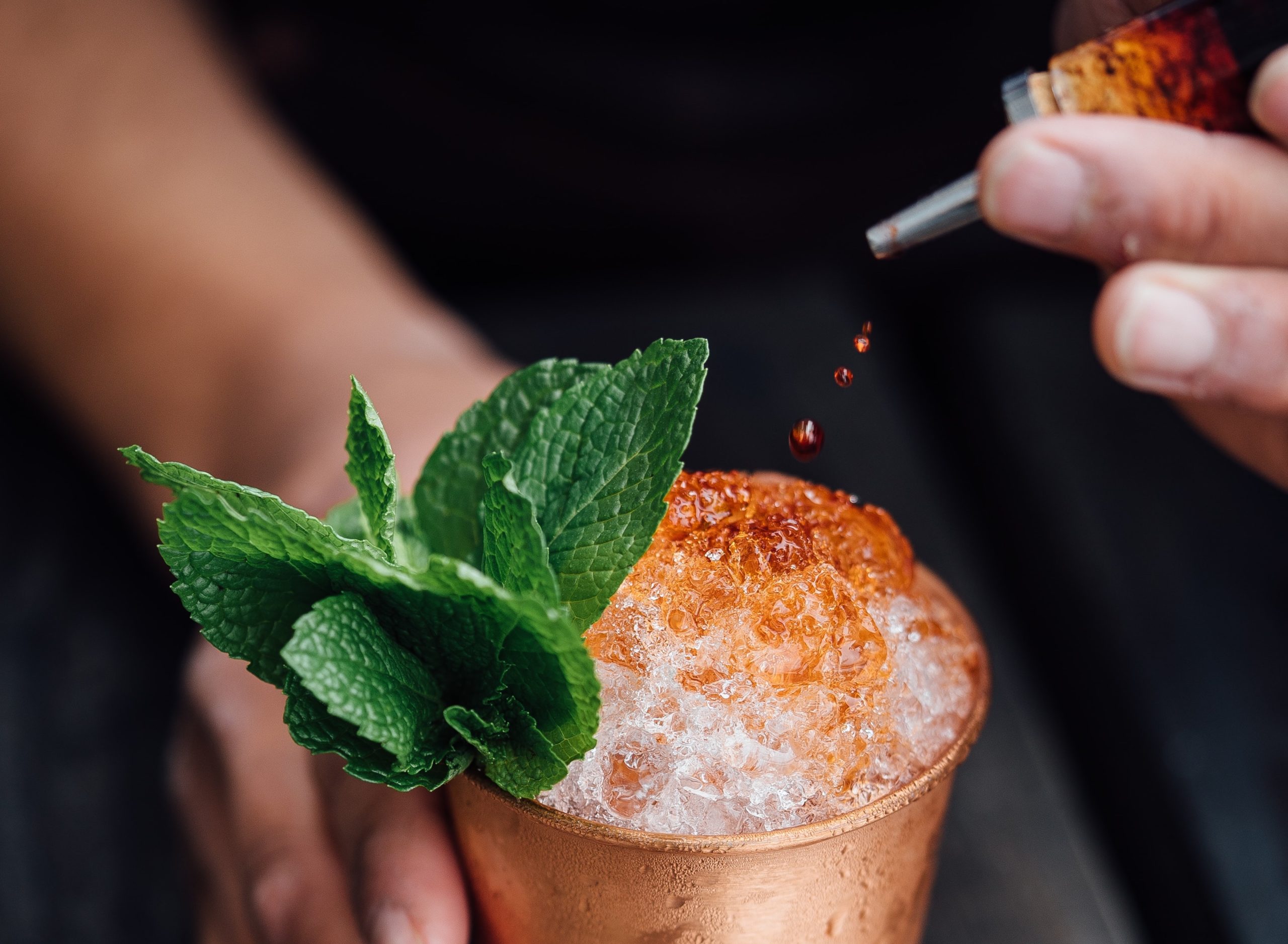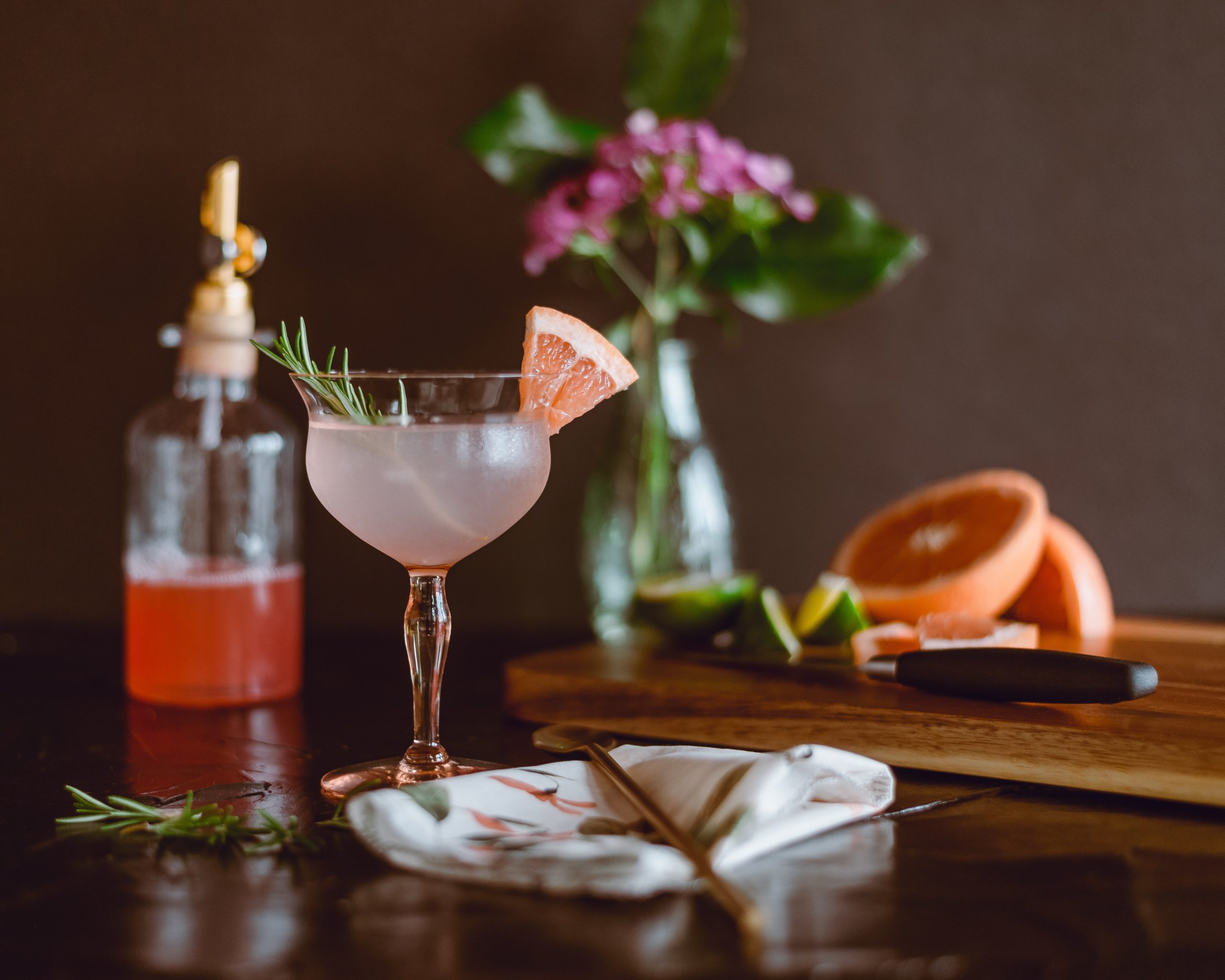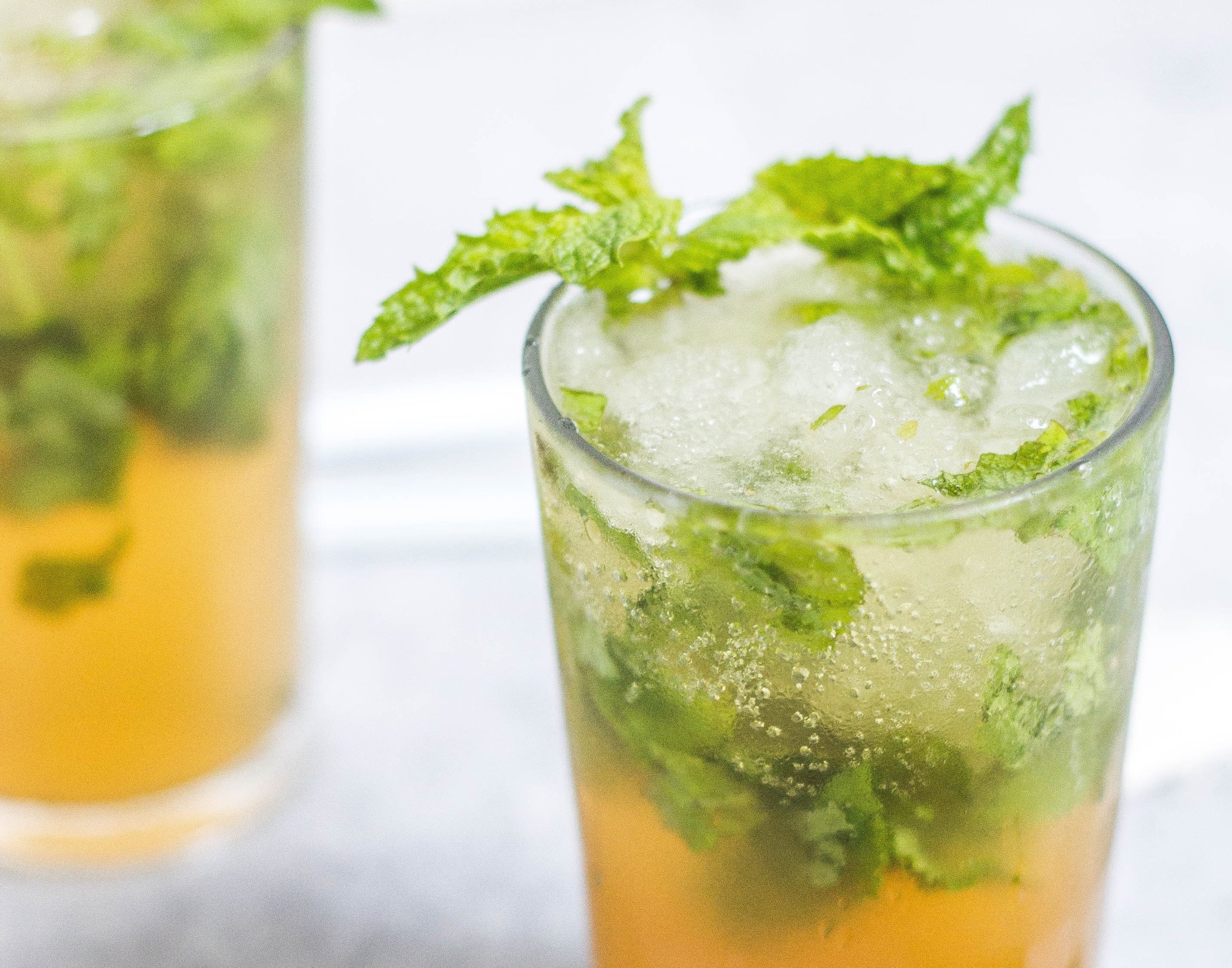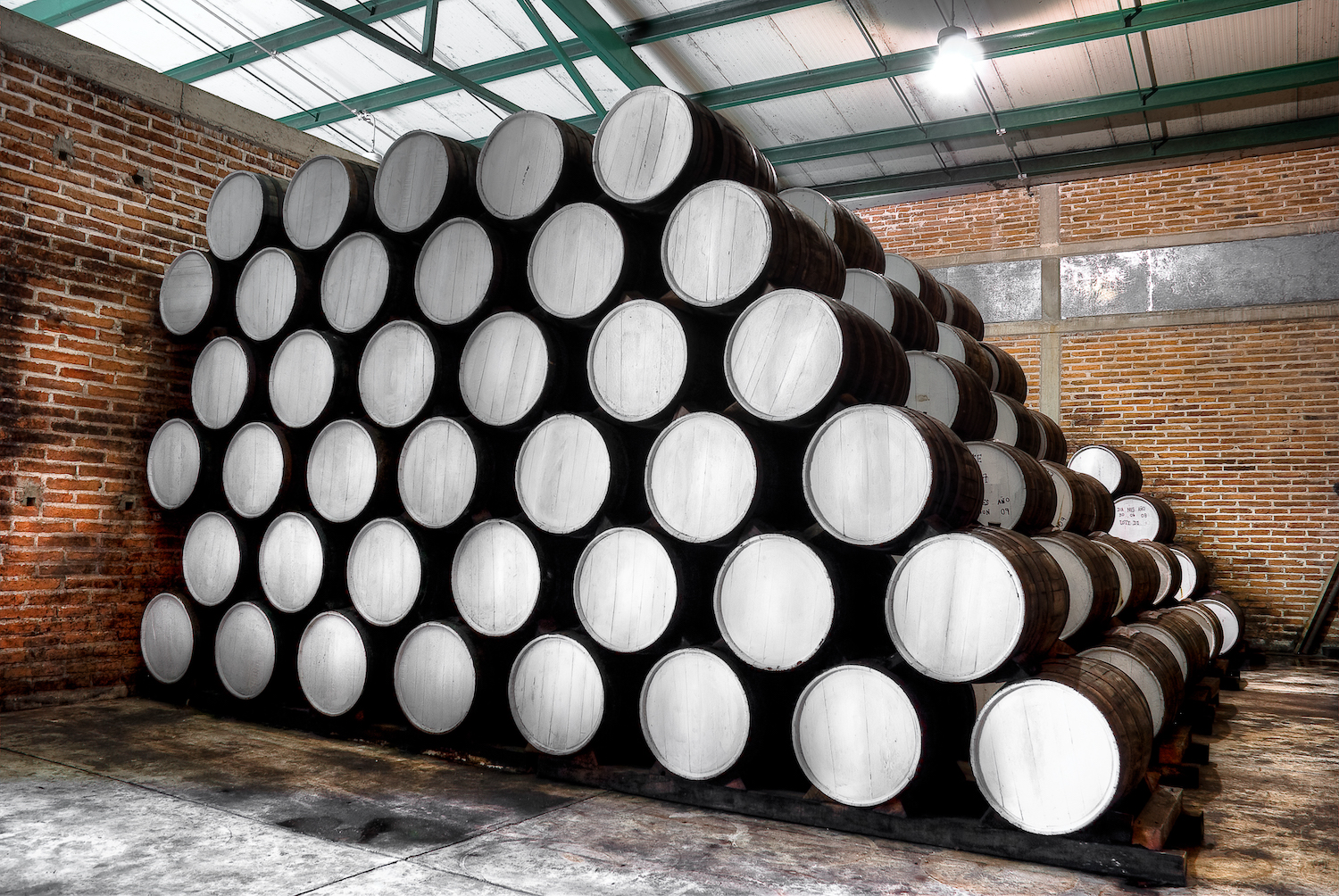How-to Tips in Crafting Your Own Tequila Cocktails
How-to Tips in Crafting Your Own Tequila Cocktails
In the world of mixology, there are many terms that a home-crafter may not be familiar with when crafting tequila cocktails. But cocktail-making doesn’t have to be mysterious. With just a few tips from the pros, shaking up a cocktail for guests (or yourself) is a skill that anyone can pick up.
Your most common questions answered, check out some how-to tips in crafting the perfect cocktail from the comfort of your own home.
Before we dive in... as a premium tequila brand where even our silver tequila is worthy of sipping and doesn’t need to be masked by sweet juices and other cocktail ingredients to cover up the typical biting, burning taste of most other tequilas, it’s important for us to offer a quick tip on our most recommended way to drink Silvera; poured neat into Riedel’s Ouverture Tequila glass designed specifically for sipping and tasting the delicious flavors of the agave fruit.
To get the perfect amount, pour up to the widest part of the glass as you would with a glass of fine wine (about one third of the glass full). This is so you have enough room to swirl and catch the aromas when you are sniffing and tasting it — like you might at a wine tasting.
What are aromatics?

Aromatics add a dash of complexity to your drink to surprise and delight. The most widely loved aromatic is adding in a few drops of bitters. Parting from its name, bitters do not actually make your drink taste bitter, but instead adds a flavorful punch, spice, and dimension to the cocktail. There are many different types of bitters out there that you can either buy or make yourself, the classic one being the Angostura bitters.
Bitters are highly concentrated flavoring agents made from steeping herbs, roots, citrus peels, seeds, spices, flowers and barks in high-proof alcohol. They range in a multitude of flavors like coffee, chocolate, and orange, and can elevate the taste of any well paired drink.
What are apertifs and digestifs?

Commonly known as before and after-dinner drinks, an aperitif generally has a dryer, more bitter profile with less alcohol to enhance the appetite, while a digestif is meant to be slowly sipped after a meal to support the digestive system.
However, digestifs are NOT the same as dessert drinks. They are typically less sweet and have more alcohol than a dessert drink or apertif. Because of the high levels of inulin in the agave plant, tequila is actually an ideal digestif that helps the digestive system by growing good bacteria.
What does muddle mean?

Muddling is one of the few basic skills in the art of mixology you’ll need to learn to craft many well-known and loved cocktails. In muddling, you are simply crushing fruit, sugar, and herbs to draw out flavors and help them mix with alcohol.
To muddle, you’ll want to gently press the ingredient along the bottom of a glass or cocktail shaker using a muddler. Muddlers come in a variety of materials like wood, stainless steel and plastic but are pretty much all the same shape and size. With fruit, you will want to press slightly harder to extract the juices and oils but for herbs and leaves, you will want to only gently press as the flavor you are trying to release is in the veins. Pressing too hard and muddling too much can draw out their bitterness.
What is the difference between different types of tequila?
There are three major classifications of 100% agave tequila: Blanco, Reposado, and Añejo, with each style uniquely suited for a different type of drinking. Blanco, or Silver, is tequila that has not been aged, or “has not touched oak” — meaning oak barrels used to age the Reposado and Añejo. Clear in color, bartenders and mixologists often use the blanco and silvera for refreshing, bright drinks like Margaritas and Palomas.

Reposado has a soft golden hue and sees at least two months aging in oak barrels. In the case of PaQuí’s Reposado, we keep this time shorter than most other brands as the oak is meant to help round out, and smooth the flavor but just enough so it does not overpower the natural sweetness of the agave fruit that shines through in the Silvera. Reposado is often used for heavier, more complex tequila mixed drinks thanks to its warmer, deeper aromas.
Lastly, Añejo, which is aged the longest in the oak, bewtween ne and two years, boasts a darker golden hue and more of the oak aromas. When beautifully made, the Añejo and Reposado are great for sipping in place of other sipping spirits like Scotch and Bourbon. PaQui Añejo is uniuqe in how the oak flavors do not overpower the sweet agave fruit but are in delicious balance.
Ready to start crafting your own cocktails? We’ve got the tequila to match. With plenty of delicious recipes and high-quality premium tequilas to choose from, we can’t wait to see what you’ll make!
